In 692, the reign of Justinian II, the Quinisexte Council was held ‘in trullo’ and this has led to the tiny church of St John in Trullo being associated with that event. Mamboury points out that ‘in trullo’ simply means ‘under a dome’ and postulates that the famous meeting was held in a domed room in one of the great palaces south of the hippodrome. This church seems more in line with the style of the 12th century. It may have been associated with the monastery of which the Church of St Mary Pammakaristos was the centre.
This is a tiny church near Fethiye Camii on Koltukçu Sokak (41.027917,28.945944). It was ruined until a 1966 restoration ‘found the original columns in the basement and replaced them’ as the sign outside says. Freely scoffs at this and at the restoration in general. It’s a pretty little building but perhaps not an authentic example of a Byzantine church.
The church is locked except at prayer time. The interior is so small and convoluted as to be claustrophobic. The floor seems to be higher than in the original design. The ‘found’ columns have some hastily worked capitals in a sort of Justinian Corinthian design. Still, the interior is fascinating, although fitting so many people in for prayers is more an exercise in Tetris than in worship.
Van Millingen makes the interesting observation that this is the only remaining Byzantine church in Constantinople in which the three apses are semicircular on the outside as well as the inside. In any case the inside floor area of what, presumably, are meant to represent the diaconicon and prothesis is too small to have any functional use. The diaconicon was, at some stage, altered to serve as the mihrab. The management realised that it was ludicrously small and at some time in 2016 imported a matching set of blue-and-white tiled mihrab, mimber and lectern. These, although Lilliputian, take up a large percentage of the floor space in the mosque.
Freely, John (1983) Blue Guide: Istanbul. London: Ernest Benn, New York: W.W. Norton
Matthews, Thomas (2001): The Byzantine Churches of Istanbul. Institute of Fine Arts, New York University. Text available online at http://media.library.ku.edu.tr/reserve/resspring09/achm502_ARicci/the_byzantine_churches_of_istanbul.pdf Photographs available at http://www.nyu.edu/gsas/dept/fineart/html/Byzantine/
Micklewright, N (2013) Artamanoff: Picturing Byzantine Istanbul 1930-1947. Koç Üniversitesi Yayınları, Istanbul. Images available online at: http://icfa.doaks.org/collections/artamonoff/items/index/page/4?sort_field=collection_id
If the above link does not work, try this: http://images.doaks.org/artamonoff/items/browse?search=Trullo&submit_search=Search
Müller-Weiner, Wolfgang (1977) Bildlexikon zur Topographie Istanbuls (Deutsches Archäologisches Institut) Verlag Ernst Wasmuth Tübingen
Ousterhout, Robert (2000): Contextualizing the Later Churches of Constantinople: Suggested Methodologies and a Few Examples. Dumbarton Oaks Papers No: 54. Washington D.C. Text available at:http://www.doaks.org/resources/publications/dumbarton-oaks-papers/dop54/dp54ch13.pdf
Van Millingen, Alexander (1912): The Byzantine Churches of Istanbul. Available at http://www.gutenberg.org/files/29077/29077-h/29077-h.htm

Categories: Uncategorized | 1 Comment »
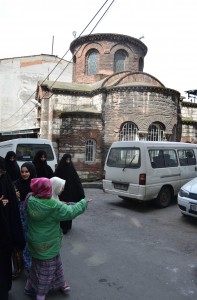
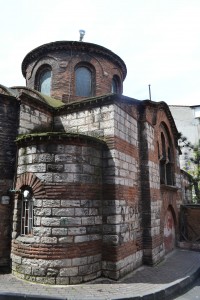
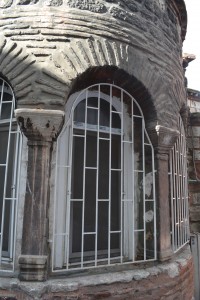
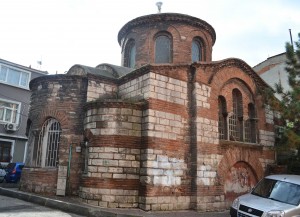
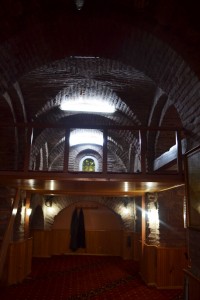
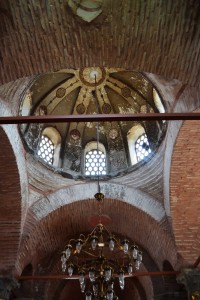
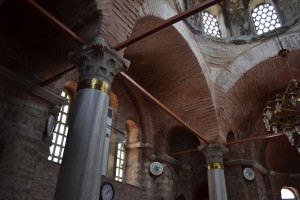
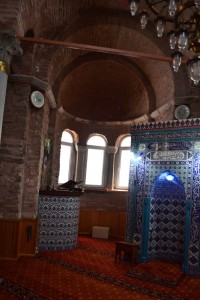

June 30th, 2014 at 10:16 am
[…] Ahmet Paşa Mescidi […]